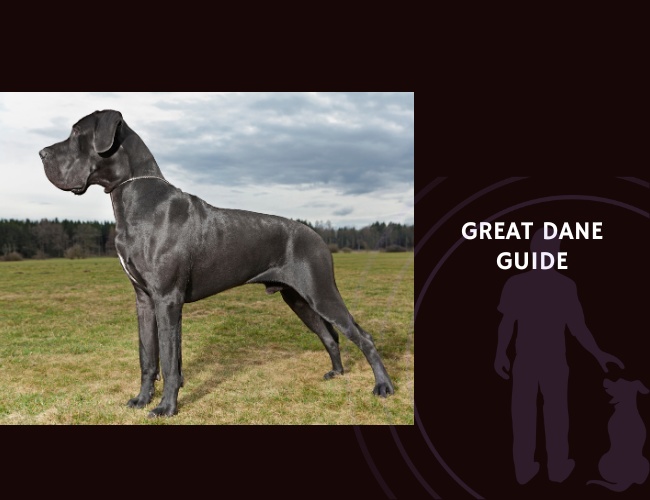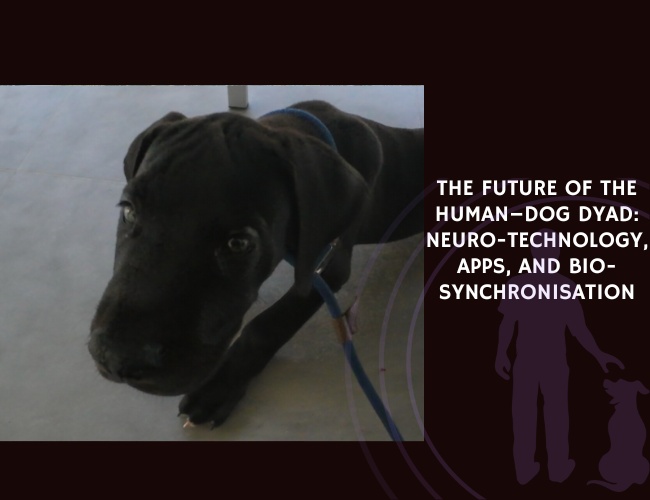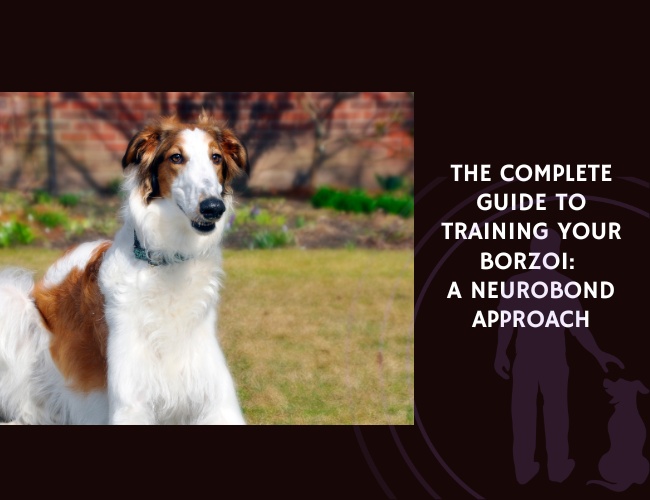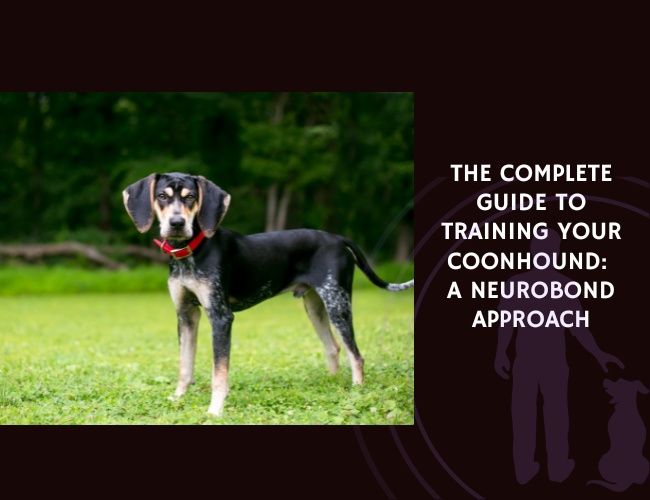Introduction to the Great Dane
The Gentle Giant in Your Home
At first glance, the Great Dane can be a bit intimidating. Standing tall and strong, this breed is often called a “gentle giant.” Families who welcome a Great Dane soon discover that their size hides a heart full of warmth, affection, and playfulness. These dogs are remarkably gentle, especially with those they know and trust. Despite their stature, Great Danes often see themselves as lap dogs, always looking for a cozy spot next to their people.
Historical Roots and Shifting Roles
The Great Dane’s impressive size was not always about being a family companion. Centuries ago, these dogs were bred as boar hunters and estate guardians. Strong, alert, and bold, Great Danes protected lands and assisted hunters with dangerous game. Over time, as society changed, so did their primary roles. Today, their fierce hunting instincts are largely gone. Instead, you’ll find a watchful, loyal friend who enjoys modern comforts and calm living spaces. Their protective roots, however, mean they remain alert and make excellent guardians of the household.
What You’ll Discover in This Guide
This comprehensive guide is designed to help you understand every aspect of Great Dane care. You can expect practical advice and kind, expert support. Here’s a glimpse of what’s ahead:
- Insights into their gentle personality and unique sensitivities
- Effective ways to manage behavior and training challenges
- Tips for keeping your Great Dane healthy with proper nutrition and routine vet visits
- Advice on creating a safe, happy home environment
We know caring for such a majestic and sensitive companion brings both joys and challenges. If you want to learn how to help your Great Dane thrive, you’re in the right place.
Next, we’ll take a closer look at what makes their character and temperament so special.
Character & Temperament
A Heart of Gold in a Large Package
Great Danes are often called “gentle giants,” and this is more than just a nickname. Despite their impressive size, these dogs are known for being especially affectionate with their families. If you are looking for a loving companion that seeks out gentle cuddles and meaningful connection, the Great Dane might win your heart. Many owners report that these dogs love to follow their people from room to room, hoping to be part of the action—and maybe even squeeze onto a couch or bed!
Loyalty Meets Watchfulness
A Great Dane’s protective side is rooted in their history as estate guardians. Even though their wild boar hunting days are long past, their loyalty still shines through at home. While not prone to unnecessary aggression, they have an instinct to look out for loved ones. This protective nature shows up most often when they sense a new or unusual visitor. With strangers, you might notice a reserved attitude and careful observation as they decide whether the situation is safe.
A Calmer Nature
Modern Great Danes show much less interest in chasing prey than their ancestors who worked as hunters. While their prey drive has lessened, their alertness and ability to recognize changes in their surroundings remain strong. You’ll see this alertness in day-to-day life—often with a look towards the door when someone approaches or a gentle nudge if they sense their family needs reassurance.
Sensitivity to People and Space
One trait that makes Great Danes special is their sensitivity to people’s feelings and their environment. They pick up on emotional changes—whether that’s excitement, stress, or sadness—and will often change their own behavior in response. Some even act as gentle “emotional mirrors,” seeking to comfort family members when times are tough. Because of this, Great Danes thrive in homes where routines are calm and positive interactions are consistent.
Understanding these qualities will help you build a strong and lasting connection with your Great Dane, setting the stage for thoughtful training and companionship.
Behavioral Challenges
Understanding Separation Anxiety and Startle Reactivity
Despite their calm reputation, Great Danes are not immune to behavioral challenges. One of the most common issues is separation anxiety. These dogs bond deeply with their families and may become distressed when left alone. Signs can include whining, barking, pacing, or destructive chewing. Imagine your gentle giant waiting by the door, missing you even after a short trip outside. This emotional sensitivity makes them loyal, but it can also create stress for both the dog and the owner.
Great Danes are also known for their startle reactivity. Sudden loud noises, such as fireworks or a dropped object, may startle them more than other breeds. Their size means that a frightened reaction can lead to accidental damage or injury. It is important to approach them calmly and create a peaceful home environment to help minimize sudden shocks.
Territorial Behavior in Confined Spaces
Many people picture these dogs sprawled out in large living rooms, but the reality is that confined spaces can trigger defensive or territorial behavior. In small apartments or crowded areas, a Great Dane might guard certain rooms or doorways. This comes from their natural instincts as estate guardians. While not usually aggressive, their sheer presence is enough to make any visitor pause. Recognizing this tendency helps you establish clear boundaries early on, using gentle guidance and positive reinforcement.
Managing Puppy Exuberance
Raising a Great Dane puppy can be both rewarding and a challenge. As puppies, they are unaware of their rapid growth. Their size, paired with delayed coordination, often results in playful leaps and bounces that might knock over small furniture—or even people! This exuberance is normal but requires management through patient training and supervision. Remember, their intent is never to cause harm.
Guidance during these energetic months is key. Redirecting their energy to approved toys, teaching basic manners, and ensuring safe play areas all help channel their excitement in positive ways. Early intervention ensures their large size does not become intimidating as they grow.
Supporting your Great Dane with patience and understanding through these behavioral hurdles builds trust and supports their emotional health.

Training & Socialization
Great Danes might tower over most other dogs, but when it comes to training and socialization, they thrive with gentle guidance. These gentle giants are sensitive and eager to please, making positive, early experiences especially important for their lifelong confidence and happiness.
The Value of Early Socialization
Socializing your Great Dane early is one of the best ways to prevent fear-based behaviors later in life. Introducing puppies to various people, animals, sounds, and environments helps them build trust and adaptability. Meeting different types of people and experiencing new places teaches them that the world is a safe and exciting place. This exposure reduces the risk of shyness or defensive behaviors as they grow.
Gradual, positive introductions are key. If your puppy seems nervous, slow down and offer reassurance. Remember, every dog learns at its own pace.
Positive Reinforcement: Reward Over Force
Great Danes learn best with patience and positivity. Reward-based training is the gold standard. Offer treats, praise, or toys when your dog makes good choices. This encourages them to repeat those behaviors and makes learning fun.
Using forceful or punitive methods is not effective for this sensitive breed and can even harm their trust and confidence. Instead, focus on what you want your Great Dane to do, not what you want them to avoid. Celebrate their successes, no matter how small. Even a simple “Good dog!” can make a big difference.
Structuring Effective Training Sessions
Keeping your Great Dane’s attention isn’t always easy, especially as a puppy. Short, engaging sessions—about 10-15 minutes—help them stay focused and eager to learn. Practice commands in different settings and vary your rewards to keep things interesting.
Consistency is important, so train regularly but avoid long, repetitive drills. If either of you feels frustrated, take a break and try again later.
Leash training and gentle handling should start early. With their size and strength, it is crucial for safety and comfort.
By building a strong foundation through positive training and thoughtful socialization, you help your Great Dane grow into a well-adjusted companion ready for new experiences and the best health.
Gentle. Giant. Guardian.
A towering frame, but a tender soul.
The Great Dane may command attention with sheer size, but underneath the powerful build lies a calm, emotionally perceptive companion. Often described as a “gentle giant,” this breed thrives on connection and quiet presence, not chaos.
Vulnerability hides beneath the strength.
Despite their intimidating appearance, Great Danes are emotionally sensitive and easily startled by tension or loud changes in their environment. Many suffer from separation anxiety when left alone too long.
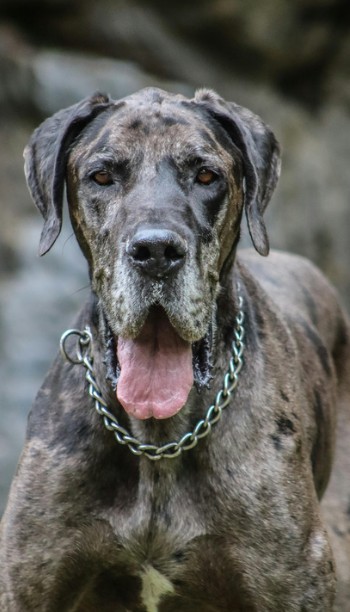
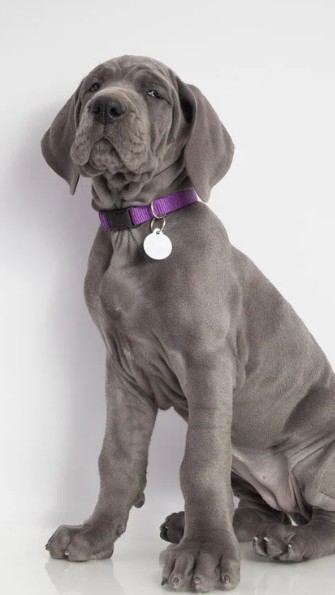
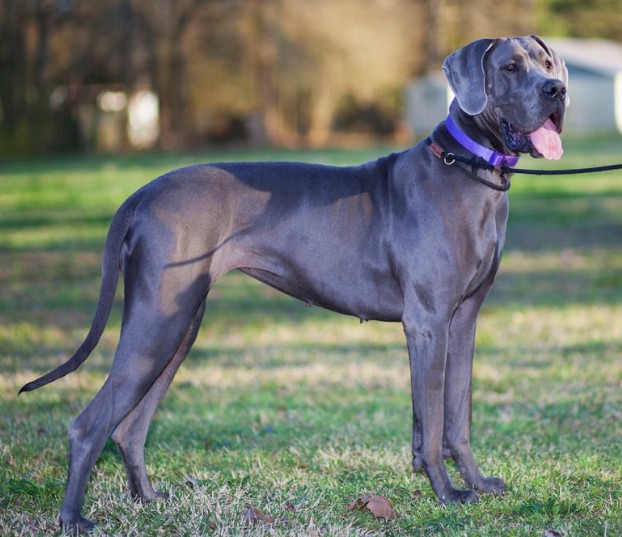
Devotion is their love language.
Great Danes don’t just live with you—they live for you. Their loyalty is intense and immediate, and once bonded, they aim to be close in every sense. They sit by your feet, nudge your hand with gentle insistence, and rest their giant frame as close as space allows.
Nutritional Requirements
Meeting the Needs of a Growing Giant
A healthy diet is a foundation for your Great Dane’s well-being. Because of their rapid growth and massive size, these dogs require careful nutrition planning. Puppies have special needs, but even adult Great Danes benefit from well-chosen meals.
Why Large Breed Puppy Food Matters
Great Dane puppies grow quickly, which puts stress on their joints and bones. It’s important to use large breed puppy food. These formulas have a balanced calcium-phosphorus ratio. This helps bones grow at a safe rate and lowers the risk of skeletal disorders, like hip and elbow dysplasia. The right diet during the early months supports strong, healthy development and can prevent some common joint problems later in life.
Preventing Bloat with Adjusted Meal Patterns
Gastric dilatation-volvulus (GDV), often called bloat, is a serious and life-threatening condition in Great Danes. To help avoid this problem, experts recommend serving several small meals throughout the day instead of one or two big meals. Avoid feeding your Dane right before or after exercise, as this can also increase the risk of bloat. Consistent, smaller portions keep digestion smooth and safer for your dog.
Controlling Calories for Lifelong Health
Overeating leads to obesity, which puts extra strain on joints and the heart. To keep your Great Dane at a healthy weight, follow the feeding guidelines on your dog food package. Adjust the portion sizes based on your dog’s activity level and body condition. Monitoring your dog’s weight helps prevent joint pain and other health problems linked to excess weight. Some owners choose to add joint supplements like glucosamine and chondroitin, and omega-3 fatty acids may help protect joint health further.
Providing excellent nutrition—while being careful with portions and meal timing—sets your gentle giant up for a long, healthy life. With good food habits in place, you’re ready to focus on keeping your companion healthy in other areas.
Health Concerns & Management
Understanding Common Health Issues
Great Danes are known for their gentle nature and impressive size, but they do face some serious health risks. It is important for owners to be aware of common concerns to help their companion live a happy, healthy life.
One of the biggest risks for Great Danes is Gastric Dilatation-Volvulus (GDV), often called bloat. This life-threatening condition happens when the stomach twists, cutting off blood supply. GDV can come on suddenly and needs emergency care. To help protect your dog, many veterinarians recommend a preventive surgery called gastropexy, especially if your Great Dane is considered at high risk.
Another frequent issue is dilated cardiomyopathy (DCM). This condition weakens the heart muscle, making it harder for the heart to pump blood. Signs like tiredness, coughing, or breathing problems should never be ignored. Regular heart checks can help catch this disease early.
Great Danes can also develop hip dysplasia, a joint problem that causes pain and trouble moving. This is common in large, rapidly growing breeds. Signs might include limping or reluctance to exercise.
Preventive Steps and Early Detection
Being proactive is key! Scheduling regular veterinary checkups is essential. Your vet will usually suggest blood tests and orthopedic exams to spot problems early. Keeping your dog at a healthy weight reduces stress on joints and may help prevent or delay issues like hip dysplasia or DCM.
For GDV prevention, feed your Dane multiple small meals each day. Avoid vigorous play or exercise right before and after meals. This simple routine can make a big difference in lowering the risk of bloat.
Additional Considerations
Prophylactic surgery, like gastropexy, is a worthwhile discussion with your vet if your Dane is at risk. Early diagnosis and ongoing care will greatly improve quality of life. A consistent, gentle exercise routine and a healthy living environment support both physical and emotional well-being.
By taking these steps, you’re giving your Great Dane the best chance for a long and joyful life. With health needs managed, you’ll be ready to create an environment that helps your gentle giant thrive.

Exercise & Activity Needs
How Much Exercise Does a Great Dane Need?
Great Danes may look powerful and athletic, but their activity needs are less intense than many people expect. Most adult Great Danes thrive with 45-75 minutes of daily activity. The key is consistency and quality over exhausting sprints. Walks at a gentle pace are ideal, letting your dog explore and sniff along the way.
Variety helps keep their minds engaged without putting stress on their joints. Try leisurely walks in new parks, or incorporate gentle play in your yard. Short swimming sessions are excellent, offering muscle work without the pounding impact on hips and elbows.
Low-Impact, Joint-Friendly Activities
For a breed that grows rapidly and supports so much body weight, joint care is central. During puppyhood, avoid games that involve jumping, rapid twisting, or racing on hard surfaces. Growing bones and joints are especially vulnerable during this time. Activities like fetch or high-intensity running should be postponed until your Dane is fully mature, which can be as late as 18-24 months.
Here are some great activities for Great Danes:
- Calm leash walks
- Swimming in shallow, safe water
- Gentle indoor games, like find-the-treat
- Supervised time exploring soft grass
If your home has stairs, use a gate to prevent frequent running up and down, especially for puppies.
How to Protect Their Growing Joints
Great Danes are at higher risk for joint problems such as hip dysplasia and arthritis. During their growth phase, which lasts up to two years, choose low-impact activities and provide plenty of resting time. If your Dane seems stiff or sore, let them rest. Joint supplements, like glucosamine, from your veterinarian may help in prevention.
After each walk or play session, check their paws for soreness and make sure they are not limping. Always avoid exercise right before or after meals, as this increases the risk of bloat (gastric dilatation-volvulus).
Keeping your Great Dane active in the right ways helps them feel their best, setting the stage for their happiness and long-term health.
Creating an Ideal Living Environment
Spacious Living Arrangements
If you are sharing your home with a Great Dane, space quickly becomes a major factor. These dogs are truly gentle giants, often stretching out to the length of a sofa 🛋️. Tight areas or cluttered rooms can lead to bumps, tripping hazards, and even anxiety for your Dane. Open floor plans or homes with wide hallways and minimal obstructions work best. Try to keep main living spaces free of sharp furniture edges or breakables at tail height.
Non-Slip Flooring for Joint Safety
Great Danes, especially as they age, are at risk for slips and falls due to their weight and size. Slippery surfaces like tile and hardwood increase this risk. Using non-slip mats or rugs in main activity areas helps provide stable footing. Prioritize these surfaces in places where your Dane spends most of their time, such as near food bowls, entryways, and sleeping quarters. This small adjustment makes a big difference for your dog’s safety and comfort.
Comfortable Bedding to Support Joints
Joint health is crucial for Great Danes, as pressure on elbows and hips can lead to problems. Choose thick, orthopedic bedding that cushions well and distributes weight evenly. Beds designed for large breeds are ideal, offering support where your Dane needs it most. Place the bed in a quiet location where your dog feels secure but can still be near the family. Regularly check bedding for wear—supportive surfaces are important at every age.
Temperature Control and Comfort
Great Danes are sensitive to extreme temperatures; their short coats offer little protection from the cold or heat. In the summer, make sure your home has good ventilation and access to shade and cool water, especially if your Dane spends time outside. During winter, limit exposure to chilly drafts and provide extra blankets or a heated pet mat. Consistent indoor temperatures help your gentle giant feel comfortable year-round.
Attention to environment, comfort, and safety lays the groundwork for your Great Dane’s happiness and health. Their well-being starts with a home that matches their unique needs.
Conclusion: Living with Your Gentle Giant
Key Considerations for Everyday Life
Welcoming a Great Dane into your home is both a joy and a responsibility. Their remarkable size and loving personality mean life with a Dane is unique. From their affectionate loyalty to their watchful presence, these dogs truly earn the title of “gentle giant.” Daily routines should include plenty of time for bonding, gentle exercise, and watching for signs of stress or discomfort.
Great Danes are sensitive to their environment, picking up on changes in their family’s mood. A stable, calm routine helps them feel secure. Consistent feeding times, gentle handling, and predictable daily rhythms can prevent anxiety and confusion. Because of their emotional nature, it’s important to avoid leaving them alone for long periods. They thrive when surrounded by people they trust.
The Importance of Companionship and Structure
Companionship is at the core of a Great Dane’s happiness. They view themselves as a vital part of the family and want to be involved in your daily life. Giving them regular attention, engaging play, and quiet moments together builds a strong bond and supports their emotional health. A lack of companionship can lead to unwanted behaviors such as barking or destructiveness.
Creating a structured routine is just as important. Regular meal times, daily walks, and a set bedtime help your Dane feel settled. This stability makes training more effective and helps your dog predict what comes next, which is comforting for a sensitive breed.
The Rewards of Proper Care
Providing the right environment, healthy nutrition, and caring companionship brings out the very best in a Great Dane. You’ll be rewarded with unwavering loyalty, gentle affection, and countless memorable moments. Watching your Dane lounge at your feet or greet you with joyful enthusiasm reminds you why these dogs are so beloved.
Great Danes flourish in homes that meet their unique needs and provide loving, steady routines. With thoughtful care, you’ll discover what so many owners already know: life with a Great Dane is both fulfilling and heartwarming.

